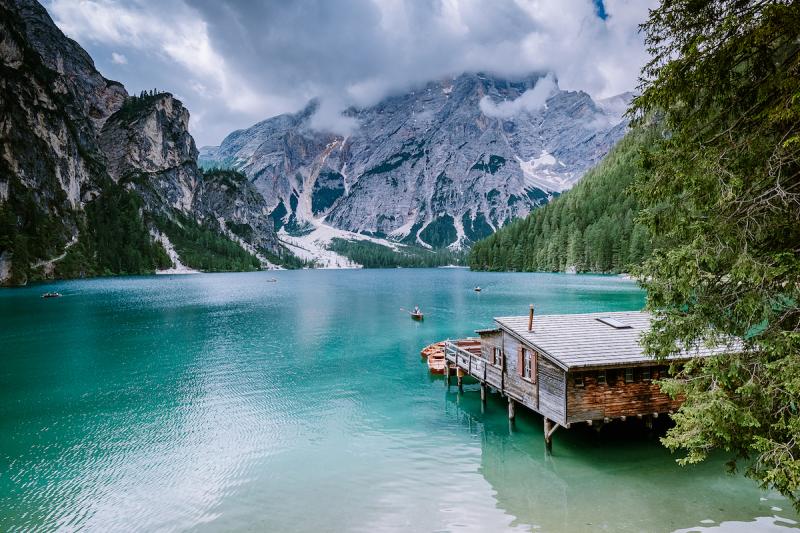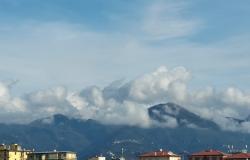Wonders of Italy: Braies Lake
ITA:

Use player to listen to Italian version

Paywall Content
Set amid the wondrous Dolomites, Braies Lake is truly one of Italy’s wonders. So wonderful indeed that it attracts an average of 15,000 tourists a day in the height of summer.
Therefore, if you can, avoid visiting in July and August - you’ll have a much more pleasant experience ii you get there in spring or, even better, in the fall.
If you do decide to visit in summer, know that the local municipality has introduced restrictions to the number of visitors that can access the lake during the day: in order to preserve the delicate ecosystem of Braies Lake and its surroundings, from July 10 to September 10, the Braies Valley can be reached from 9.30 am to 4.00 pm only by public transport, on foot, by bike or upon presentation of a parking reservation.
What makes Braies Lake so special?
Braies is a natural lake that formed after a landslide blocked the river Braies. Majestic mountains like the gorgeous Croda del Becco and the Twelve Apostles reflect their peaks in its green-turquoise waters where wooden boats sail leisurely; all around is a magnificent forest of fir trees.
Located in Val Pusteria, 28 kilometers from the main center of Brunico, Braies Lake stands at 1,496 meters of altitude, in the Fanes Senes Braies Natural Park.
Braies Lake was popularized by a successful Italian TV series which was set right there, Un passo dal cielo, and subsequently made even more popular by Instagram.
Because we support ways of travel that try to reduce their impact on the places visited, we strongly recommend that you reach Braies Lake on foot or by bike. There are numerous trails to choose from which allow you to immerse yourself in the natural beauty of this area.
If you can’t, then use the public shuttle rather than your own car.
Once you get to the lake, you can walk around its perimeter - it’s an easy flat walk of about an hour and a half.
For more information on how to access Braies Lake, visit the dedicated website.
Incastonato tra le splendide Dolomiti, il Lago di Braies è davvero una delle meraviglie d'Italia. Così meraviglioso che attira una media di 15.000 turisti al giorno in piena estate.
Dunque, se puoi, evita di visitarlo in luglio e agosto; vivrai un'esperienza molto più piacevole se vi giungerai in primavera o, meglio ancora, in autunno.
Se decidi di visitarlo in estate, sappi che il comune ha introdotto delle restrizioni al numero di visitatori che possono accedere al lago











